Unveiling the Significance of the Bengali Calendar in January 2025
Unveiling the Significance of the Bengali Calendar in January 2025
Introduction
In this auspicious occasion, we are delighted to delve into the intriguing topic related to Unveiling the Significance of the Bengali Calendar in January 2025. Let’s weave interesting information and offer fresh perspectives to the readers.
Table of Content
Unveiling the Significance of the Bengali Calendar in January 2025
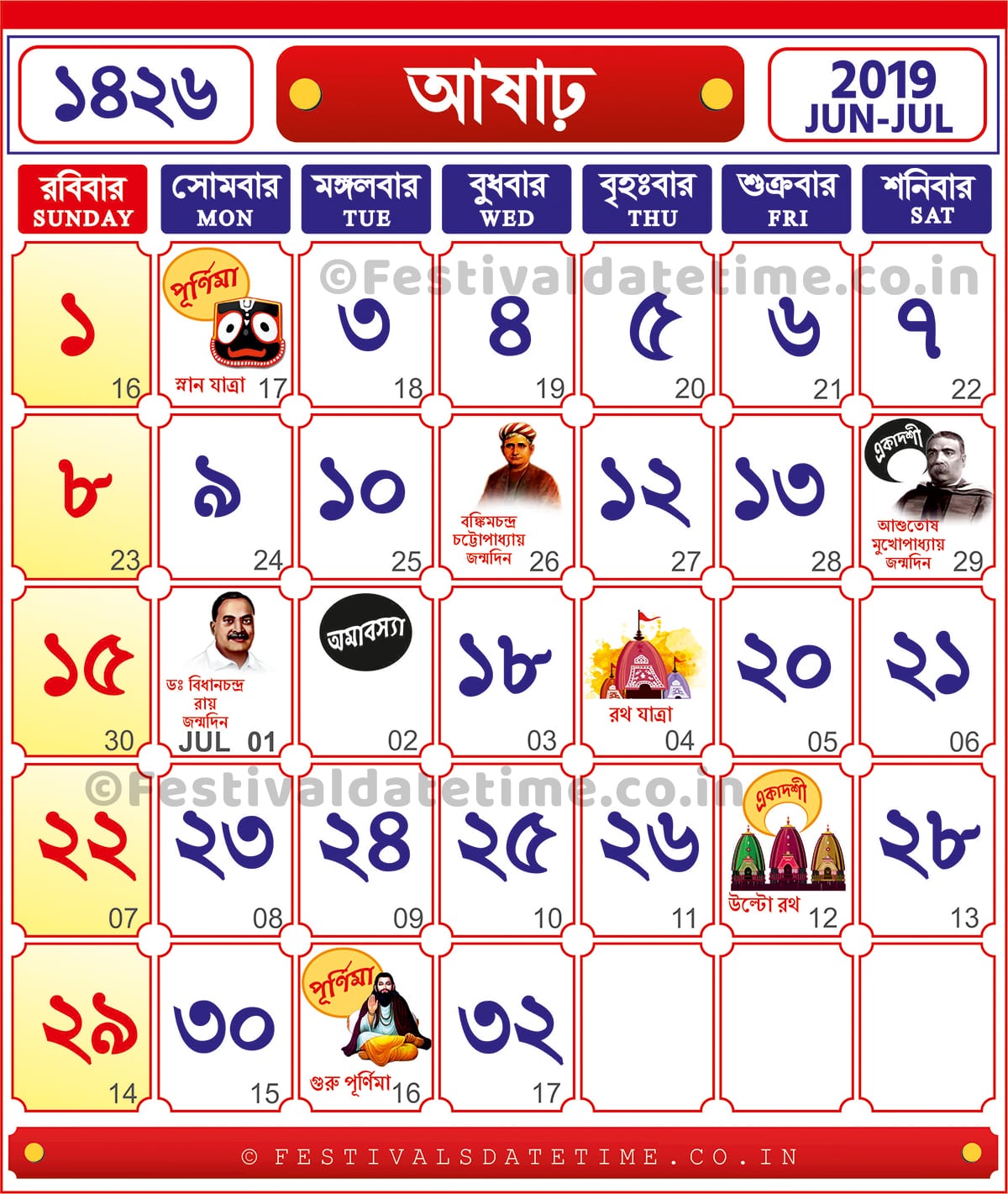
The Bengali calendar, deeply intertwined with the cultural fabric of Bengal, holds immense significance for its adherents. This calendar, based on the lunisolar system, offers a unique perspective on time, aligning with the lunar phases while also considering the solar year. January 2025, as per the Bengali calendar, presents a compelling opportunity to delve into its intricacies and understand its enduring relevance.
Understanding the Bengali Calendar’s Structure
The Bengali calendar, also known as the Bangla calendar, is distinct from the Gregorian calendar commonly used in the Western world. It follows a lunisolar system, where the months are determined by lunar cycles, but the year is synchronized with the solar year.
-
Months: The Bengali calendar consists of 12 months, each named after a specific lunar phase or celestial phenomenon. These months are:
- Baishakh: Marked by the appearance of the first full moon after the vernal equinox.
- Jaishtha: The second month, often characterized by the onset of summer.
- Ashar: The monsoon season typically begins during this month.
- Sravan: Known for its religious significance, this month features the ‘Rakhi Purnima’ festival.
- Bhadra: The month of Bhadra is associated with the start of the harvest season.
- Ashwin: The beginning of the autumn season and a time for festivals like Durga Puja.
- Kartik: Known for its religious significance, this month features Diwali and Kali Puja.
- Agrahayan: The month of Agrahayan is associated with the end of the harvest season.
- Paush: The month of Paush is a time for winter celebrations.
- Magha: Magha is known for its religious significance and the ‘Maghi Purnima’ festival.
- Falgun: The month of Falgun marks the beginning of spring.
- Chaitra: The last month of the Bengali year, Chaitra signifies the end of the winter season.
-
Years: The Bengali calendar uses a system of cyclical years, each with its own unique characteristics. These cycles are based on the 60-year cycle of the Chinese zodiac, with each year associated with a specific animal and element.
January 2025 in the Bengali Calendar
January 2025 falls within the Bengali month of Paush, the tenth month of the calendar. This month holds significant religious and cultural importance for Bengalis.
-
Religious Observances: Paush is a month of heightened spiritual activity. Key religious events celebrated during this time include:
- Poush Sankranti: This festival marks the beginning of the month and is celebrated with special prayers, offerings, and feasts.
- Gajan: A vibrant festival of the goddess Kali, celebrated in various parts of Bengal.
- Paush Purnima: The full moon of Paush, a time for religious rituals and offerings.
-
Cultural Significance: Paush is also a time for cultural celebrations, with traditional music, dance, and theatre performances. The month is known for its rich culinary traditions, with special dishes prepared for festivals and celebrations.
Importance and Benefits of the Bengali Calendar
The Bengali calendar serves as more than just a system for tracking time; it is a vital part of Bengali identity and culture. Its significance can be understood in several ways:
- Cultural Continuity: The calendar provides a framework for preserving and transmitting cultural traditions and values across generations.
- Religious Observances: It facilitates the observance of religious festivals and rituals, ensuring their continuity and relevance.
- Timekeeping and Agriculture: The calendar’s lunar-based system has been historically important for agricultural practices, enabling farmers to track seasons and plan their work.
- Literary and Artistic Expressions: The Bengali calendar has inspired numerous literary works, songs, and artistic creations, enriching the cultural landscape.
FAQs about the Bengali Calendar in January 2025
Q1: What is the Bengali calendar date for January 1, 2025?
A: January 1, 2025, falls on the 18th of Paush, 1431 in the Bengali calendar.
Q2: Are there any specific rituals or traditions associated with Paush in January 2025?
A: Paush is a month of religious and cultural significance. Specific rituals and traditions include:
- Poush Sankranti: This festival, celebrated on the first day of Paush, involves offering prayers and special dishes to the deities.
- Gajan: A vibrant festival of the goddess Kali, celebrated in various parts of Bengal, often involves processions and devotional songs.
- Paush Purnima: The full moon of Paush is observed with special prayers and offerings to the moon god.
Q3: How does the Bengali calendar differ from the Gregorian calendar?
A: The Bengali calendar is based on a lunisolar system, while the Gregorian calendar is solely solar. This means that the Bengali calendar follows the lunar phases for determining months, but its year is synchronized with the solar year. This results in differences in the timing of months and festivals.
Q4: What are some of the key cultural events celebrated in January 2025 according to the Bengali calendar?
A: January 2025, falling within the month of Paush, is a time for various cultural events, including:
- Traditional Music and Dance Performances: Paush is known for its rich musical and dance traditions, with performances held in various locations.
- Theatre Performances: Traditional Bengali theatre productions often feature themes related to the month of Paush.
- Food Festivals: Various food festivals celebrating the culinary traditions of Paush are organized.
Tips for Engaging with the Bengali Calendar in January 2025
- Learn about the cultural and religious significance of Paush: Reading about the month’s history, festivals, and traditions can enhance your understanding of the Bengali calendar.
- Attend cultural events: Participate in events like music performances, theatre productions, and food festivals to experience the cultural vibrancy of Paush.
- Try traditional Bengali cuisine: Indulge in the unique flavors of Paush by trying traditional dishes prepared for festivals and celebrations.
- Share your knowledge with others: Spread awareness about the Bengali calendar and its significance with friends and family.
Conclusion
The Bengali calendar, with its intricate structure and rich cultural tapestry, offers a unique perspective on time and its significance. January 2025, falling within the month of Paush, provides an excellent opportunity to delve into the calendar’s depths, celebrating its enduring relevance and appreciating its profound impact on Bengali culture and identity. By understanding the calendar’s significance, we gain a deeper appreciation for the diversity of cultural traditions and the importance of preserving them for future generations.


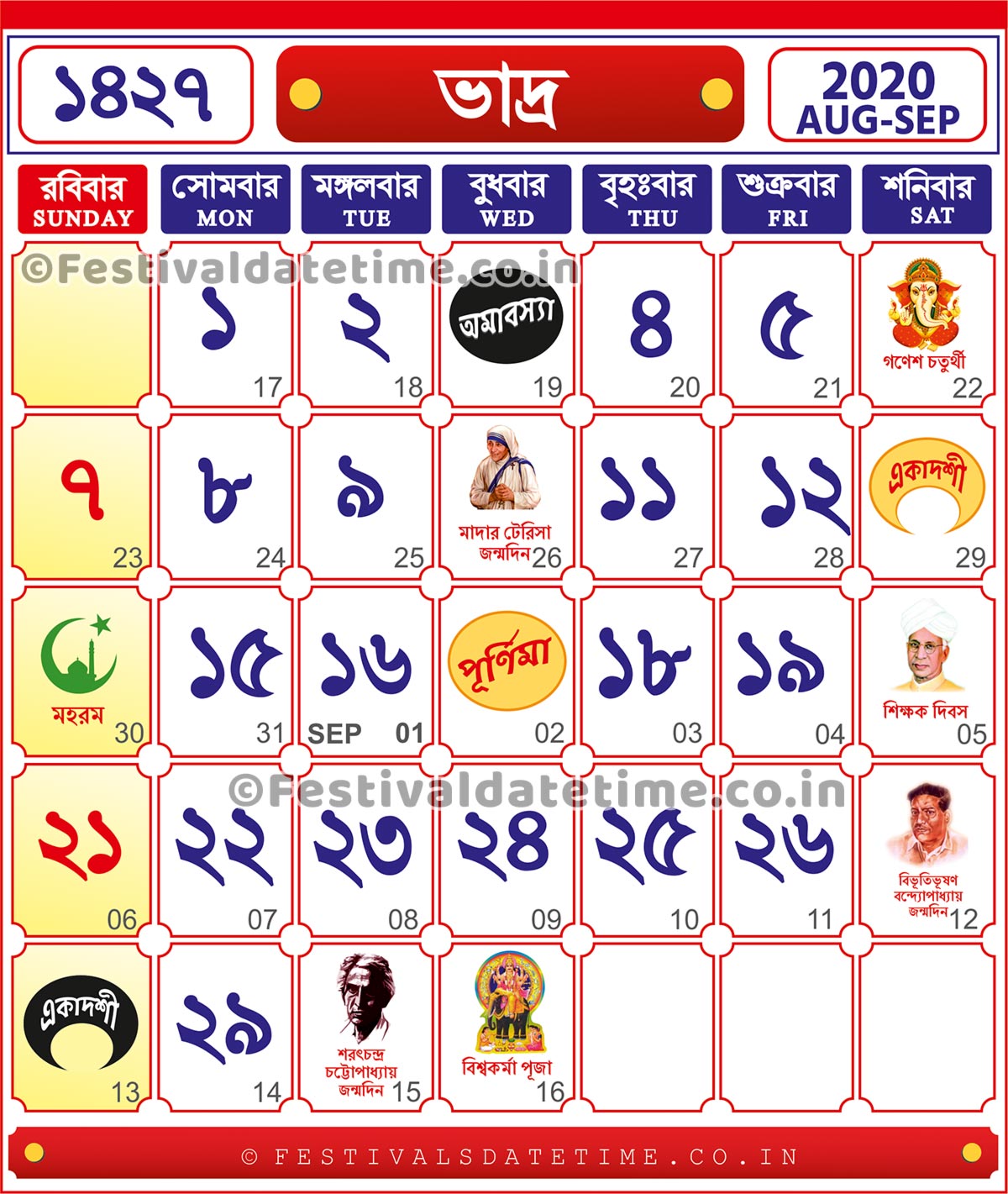
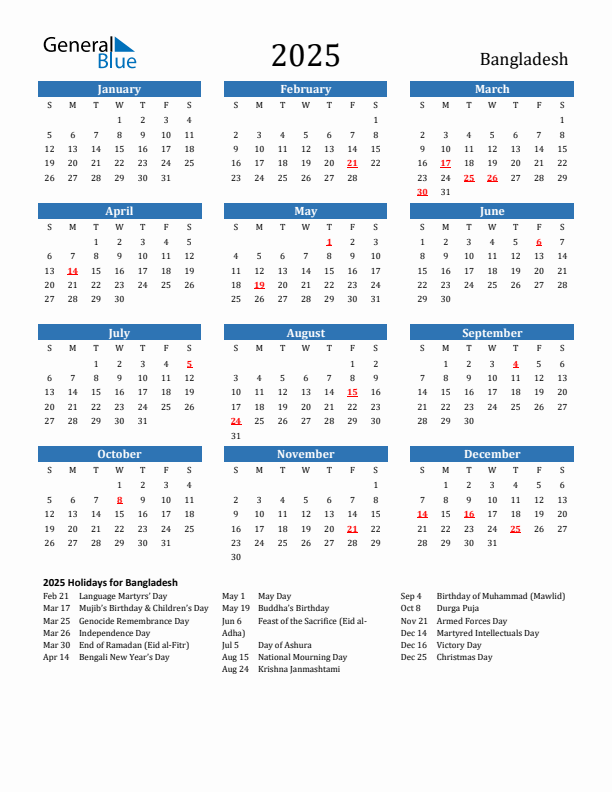
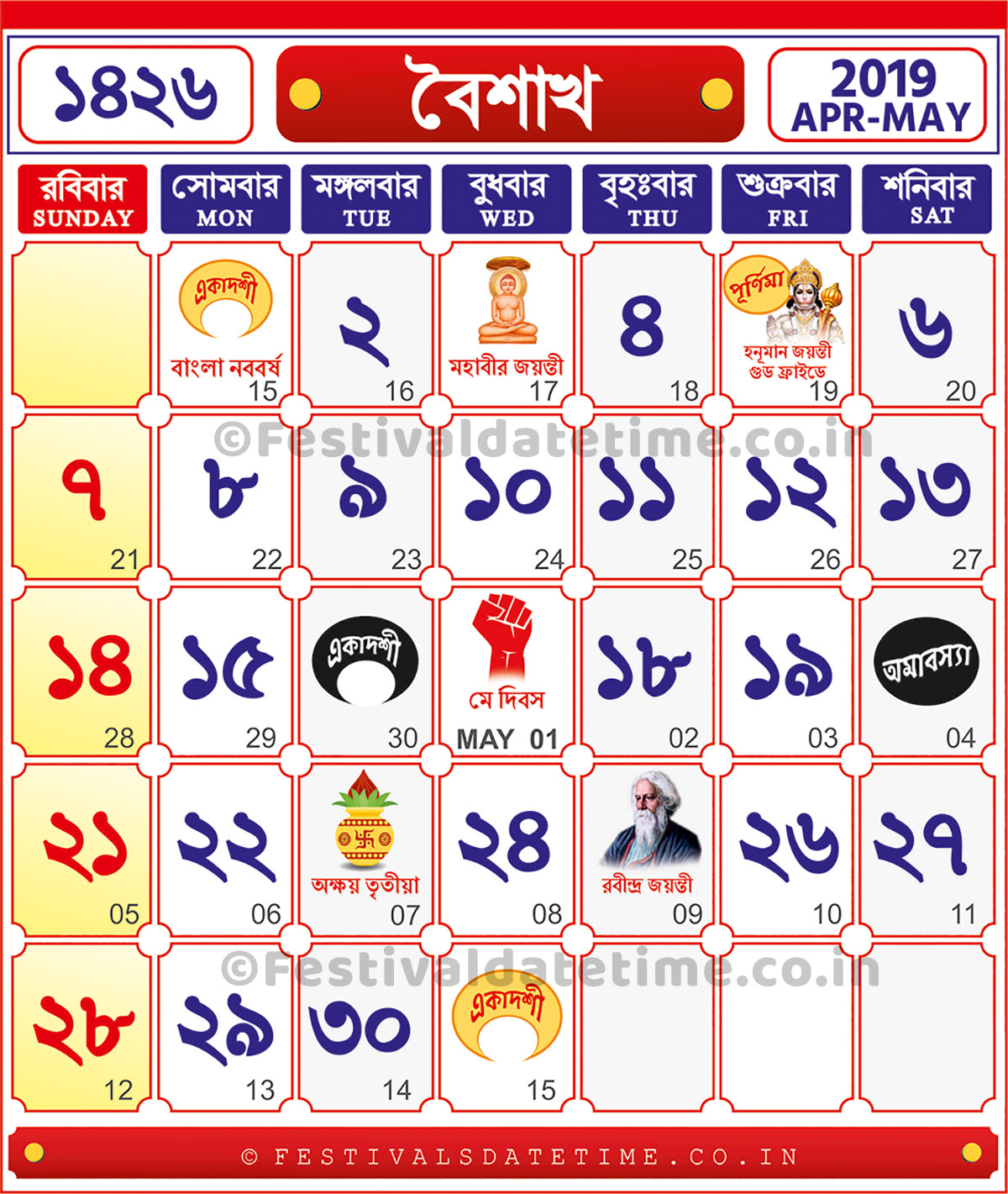

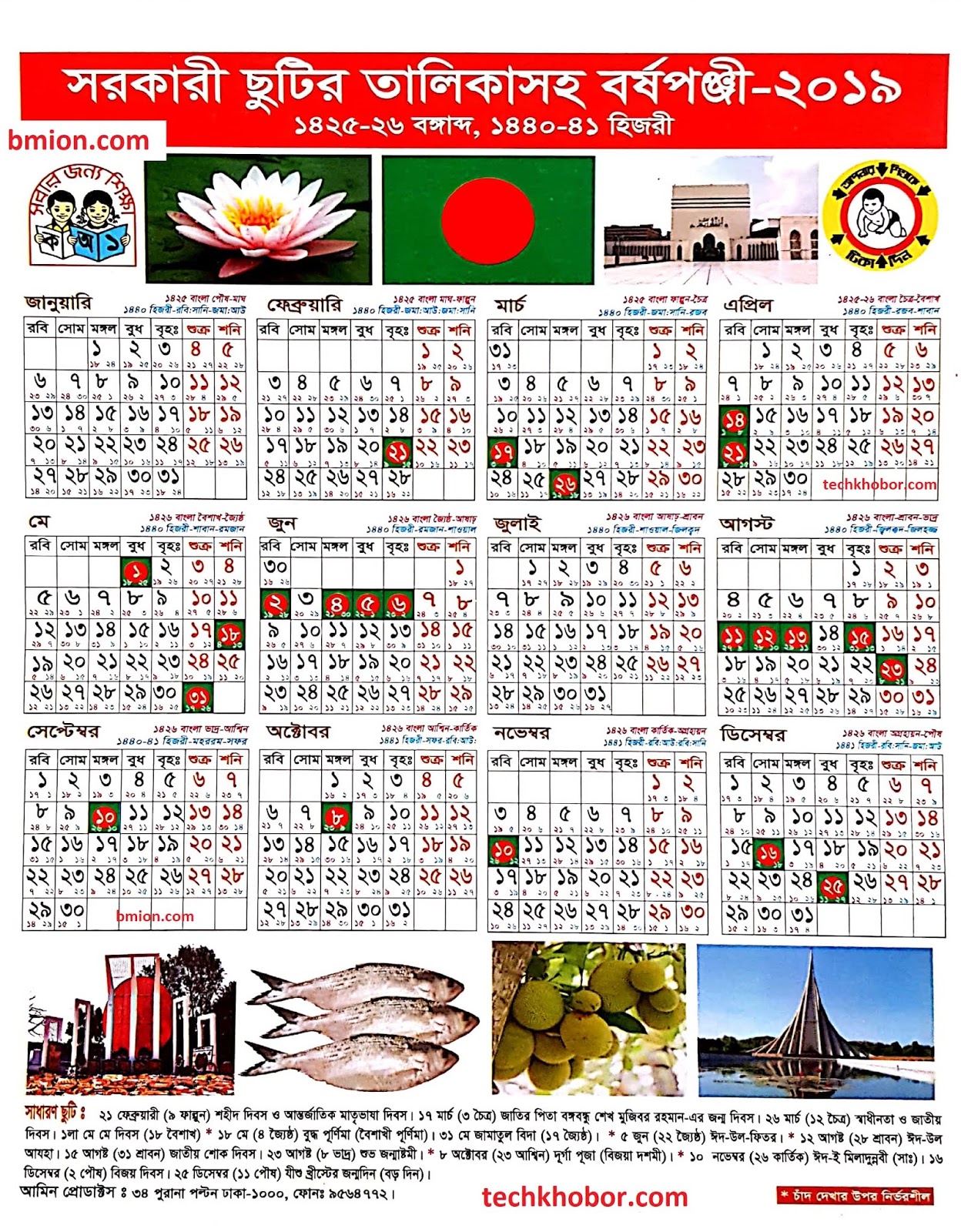

Closure
Thus, we hope this article has provided valuable insights into Unveiling the Significance of the Bengali Calendar in January 2025. We hope you find this article informative and beneficial. See you in our next article!